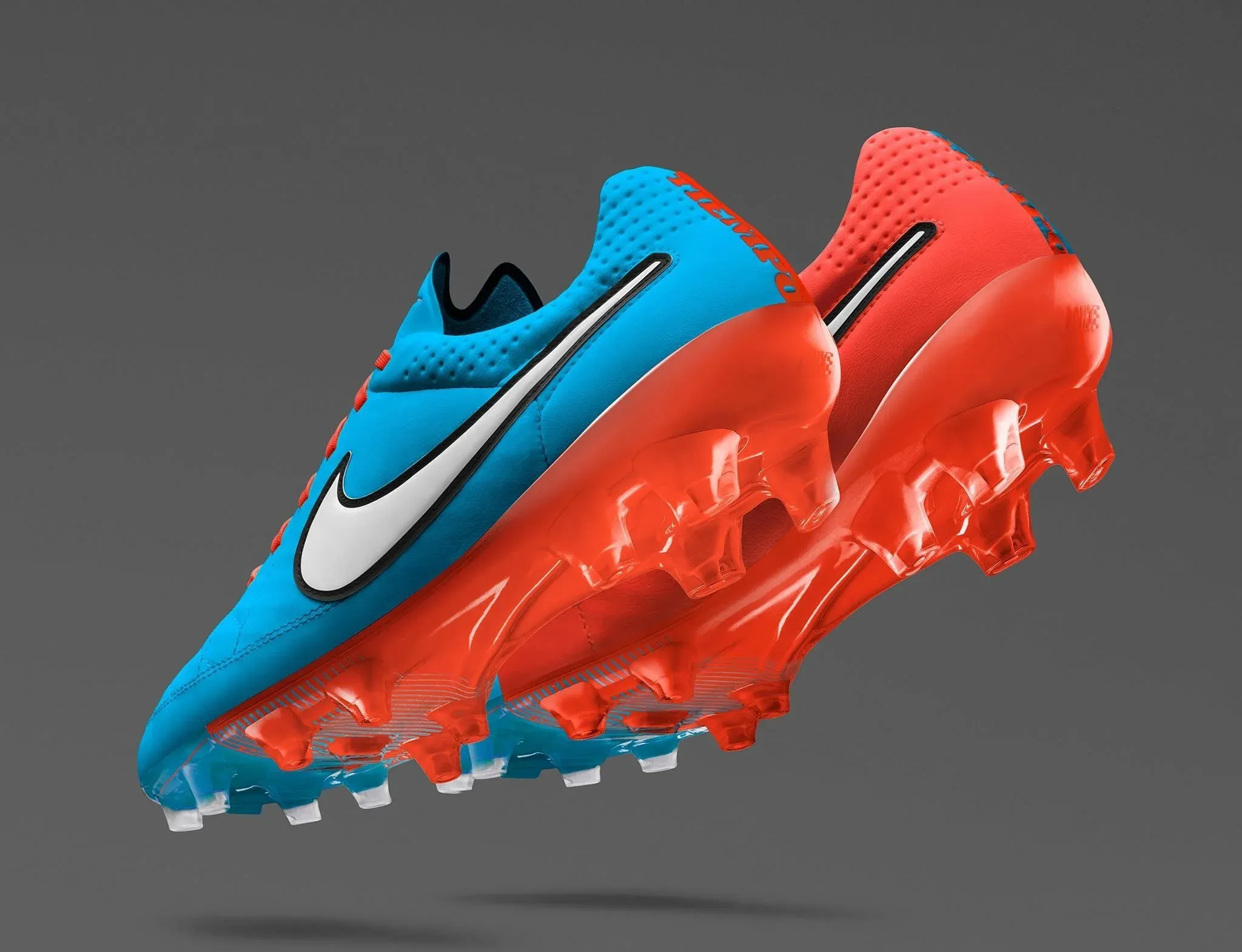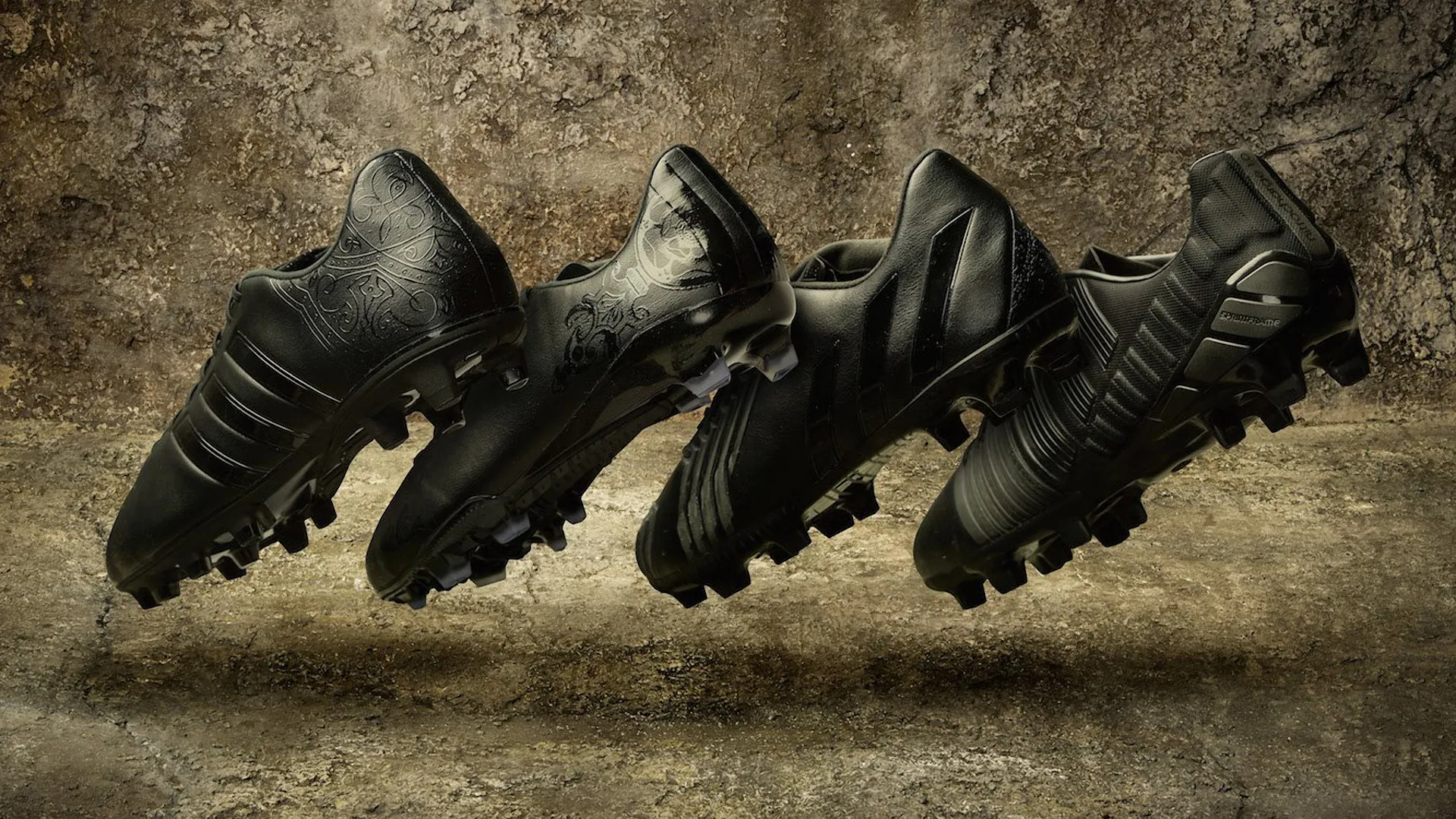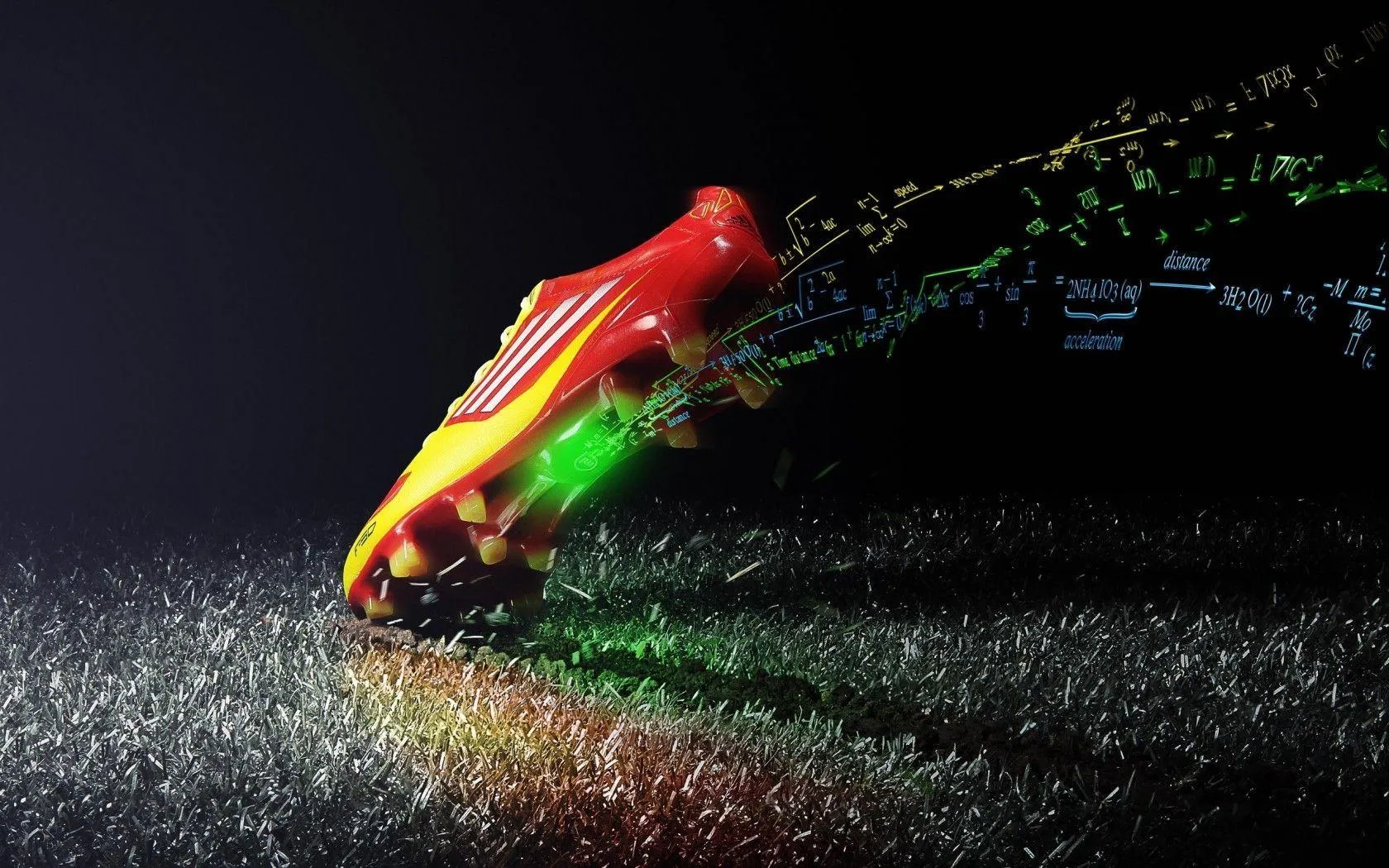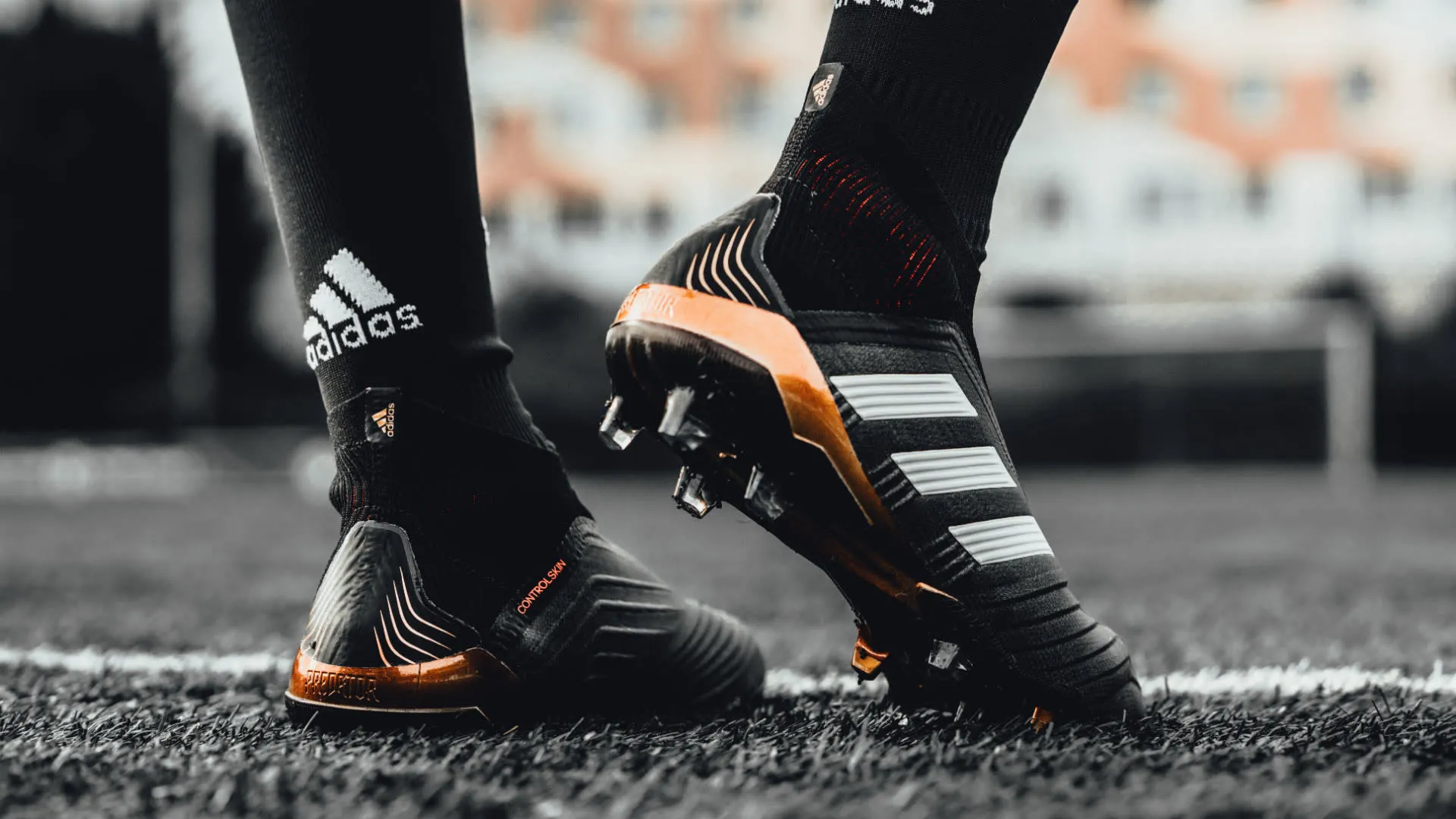The Evolution of Soccer Cleats: A Journey Through History, Technology, and Brands
Soccer, the world’s most beloved sport, has witnessed numerous advancements over the years, and one crucial aspect that has evolved significantly is the soccer cleat. From its humble beginnings to the cutting-edge technology of today, soccer cleats have played a pivotal role in the game’s history. In this blog, we will delve into the fascinating journey of soccer cleats, exploring their origin, evolution, and the prominent brands that have shaped the footwear landscape in the soccer world.

The Genesis of Soccer Cleats:
The concept of soccer cleats can be traced back to the early 19th century in England, where soccer, or football, was gaining popularity. Initially, players wore ordinary shoes, often with metal-tipped studs or leather protrusions, to gain traction on the muddy pitches. However, it wasn’t until the mid-20th century that the first purpose-built soccer cleats emerged.
1. Leather Boots Era (1940s-1960s):
In the early to mid-20th century, soccer cleats were rudimentary, with players often wearing regular shoes modified with metal-tipped studs or leather protrusions to gain traction on muddy playing surfaces. The evolution began with the introduction of purpose-built soccer cleats featuring screw-in studs. Brands like Adidas and Puma emerged during this period, setting the foundation for the modern soccer cleat industry. Leather boots became the norm, providing players with enhanced grip and stability.
2. The Advent of Synthetic Materials (1970s-1980s):
The 1970s marked a shift from traditional leather to synthetic materials. This era saw the rise of iconic soccer cleats such as Adidas’s Copa Mundial in 1979, a boot that combined comfort and durability. The introduction of synthetic materials made the cleats lighter and more resistant to the elements. The ’80s witnessed further experimentation with designs and technologies, laying the groundwork for the innovations to come.

3. Technological Advancements (1990s-2000s):
The ’90s brought about significant technological advancements in soccer cleats. Brands began incorporating features like asymmetrical lacing for better ball control, increased flexibility for improved maneuverability, and innovative stud configurations for enhanced traction. Adidas’s Predator series, introduced in 1994, revolutionized the concept of control, providing players with unprecedented ball handling abilities. Nike’s entry into the soccer cleat market with the Mercurial line in 1998 set new standards for lightweight performance, emphasizing speed and agility.
4. Innovation in the 21st Century:
The 21st century witnessed an explosion of innovation in soccer cleat design. Cutting-edge materials like carbon fiber, Flyknit, and mesh were introduced, providing cleats with enhanced comfort, breathability, and responsiveness. Brands engaged in fierce competition to create the lightest, most technologically advanced designs. Nike’s Mercurial continued to evolve, and Adidas introduced the F50 adiZero in 2010, heralded as the lightest soccer cleat at the time. The focus shifted to creating footwear that not only enhanced performance but also reduced fatigue and injury risks.

Prominent Soccer Cleat Brands:
1. Adidas:
Adidas, a pioneer in the soccer cleat industry, has consistently pushed the boundaries of innovation. The Predator series, with its distinctive rubber elements for ball control, became iconic in the ’90s. Today, Adidas offers a diverse range of lines, including the X for speed, Nemeziz for agility, and Copa for classic elegance, showcasing the brand’s commitment to meeting the diverse needs of players.
2. Nike:
Nike’s impact on the soccer cleat market has been revolutionary. The Mercurial line, initially focused on speed, evolved to incorporate cutting-edge technology for touch and precision. Collaborations with star players like Cristiano Ronaldo have elevated Nike’s status, and the brand continues to set trends with the Tiempo, Phantom, and other innovative lines.
3. Puma:
Puma, with a rich history in soccer cleat design, introduced iconic models like the Puma King. The brand’s commitment to innovation is evident in the Future and Ultra lines, which combine style with advanced technology. Puma’s focus on providing players with unique and high-performance options has solidified its presence in the soccer footwear market.
4. Under Armour:
While relatively newer to the soccer cleat scene, Under Armour has made strides in performance and comfort. The ClutchFit and Spotlight series showcase the brand’s dedication to innovation, providing players with reliable and technologically advanced footwear options. Under Armour continues to establish itself as a competitive player in the soccer cleat market.

Conclusion:
The evolution of soccer cleats is a testament to the continuous pursuit of excellence in the sport. From the early makeshift cleats to the technologically advanced footwear of today, soccer cleats have played a crucial role in enhancing players’ performance. As brands compete to push the boundaries of innovation, soccer enthusiasts can expect further exciting developments that blend style, functionality, and cutting-edge technology, ensuring that the beautiful game is played at its highest level.


